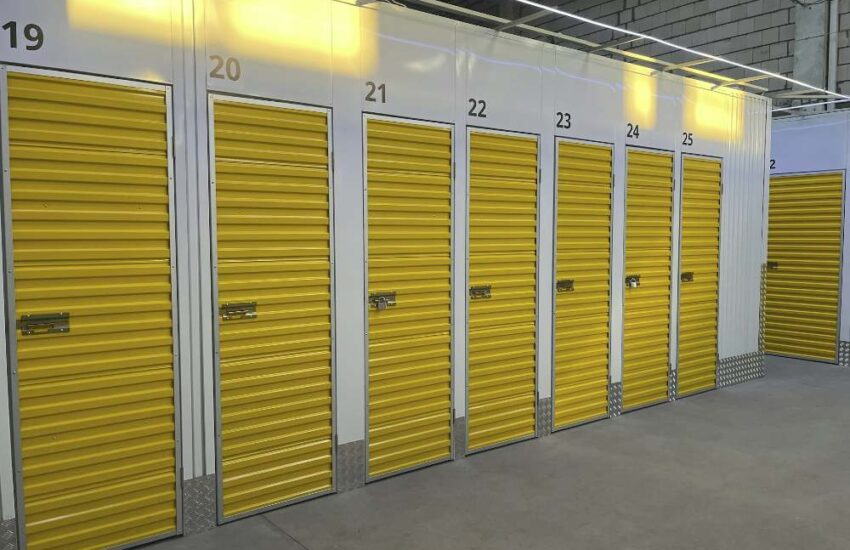Demystifying Time-of-Use Plans For Large Homes – Is it Worth It?
When you want to say that something is worth the effort or cost, it’s often said, “it’s worth it.” But which form is correct? There is a difference!
Time-of-Use plans allow you to save money on your energy bill by shifting usage to times of low demand. Here’s how!

What Are Time-of-Use Plans?
The Plano electric company offers time-of-use plans to encourage people to shift their electricity consumption to avoid peak times. This helps them save on generation costs and balances out the demand for power during the day. It also supports renewable energy integration and transportation electrification by reducing the load on the power grid.
In a typical residential time-of-use rate structure, your rates are divided into different tiers that vary by the time of day and season. You will pay higher rates during on-peak hours (e.g., 5 pm – 9 pm) and lower rates during off-peak hours. Electricity is more expensive during on-peak periods because more homes and businesses use energy.
Shifting electricity use to off-peak periods reduces overall energy costs because the cost of producing electricity decreases when demand is lower. This reduces strain on the power grid, which benefits everyone.
Some electric utilities have started offering time-of-use plans by default to all customers. Others require that customers opt-in to participate. Regardless of the chosen option, it’s important to be aware of when you’re using the most energy and understand your usage’s impact on your rates. For example, if you run loads like laundry and dishwashers in the evening, your electricity use increases the demand for energy during peak hours. Doing those activities during off-peak hours, like late night and early morning, would help you save.
What Are the Benefits?
A time-of-use rate plan incentivizes energy consumption during periods when electricity is cheaper. This saves the utility company money because it costs more to produce electricity during peak demand than off-peak hours.
This is why time-of-use rates are becoming a common feature of residential electricity bills. Most major investor-owned utilities in the U.S. have optional time-varying rates for residential customers, and new programs are being tested or discussed in at least ten states.
The idea behind these programs is to allow customers to manage their energy use. They do this by providing a variety of energy-related incentives like lower rates during off-peak hours. By incentivizing their customers to shift energy usage away from peak hours, utilities can help save the environment and the power grid.
Another benefit of time-of-use plans is that they encourage the adoption of renewable and distributed generation resources, which are cleaner and more sustainable options for electricity production. These sources are needed to replace more traditional sources like fossil fuels, which have a higher environmental impact than wind and solar.
What Are the Drawbacks?
For example, if you typically run your dishwasher or laundry in the evening when electricity demand is highest, that usage increases the overall power demand. This drives prices up during peak hours, usually between 5 pm and 9 pm. But if you can shift those load-intensive appliances to off-peak times, like at night or early in the morning, when wholesale electricity rates are lowest, you save money by not paying the higher rate.
But it’s not easy to change old habits. For some household electricity use, peak hours, such as keeping food cool in the refrigerator or security systems monitoring your home, are inevitable.
Utilities know that, but their goal is to encourage as much of your electricity consumption as possible to be shifted out of those high-demand hours. This is why they offer time-of-use plans in the first place.
Ahmad Faruqui, principal at the Brattle Group, tells Utility Dive that about half of U.S. investor-owned utilities have optional time-varying rate plans for residential customers, and new programs are being tested or discussed in at least ten states. But the momentum on these plans is slow, and it’s unclear if customers will have the capacity to benefit from them fully. These rates often include complicated energy charges, tier-based pricing, and penalties for exceeding a certain usage threshold.
Choosing the Right Plan
Financial planning is essential to ensure it meets family size and future energy usage needs when building or buying a new large home. Understanding time-of-use plans and peak hours can help with this financial planning, as they provide a tool to save money by shifting energy use to off-peak hours, which reduces demand on the electricity grid.
As the cost of producing and delivering electricity to homes increases, it becomes more important to utilize this resource wisely. When a large group of consumers shifts energy use to off-peak hours, it helps reduce the strain on the power grid and contributes to lower market prices.
If you’re interested in learning more about how to save with a TOU plan, look for a summary of your electric rate schedule on your utility bill. Typically, this information can be found in the “summary” section or on the bill insert.


